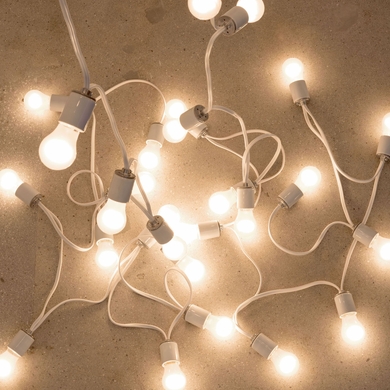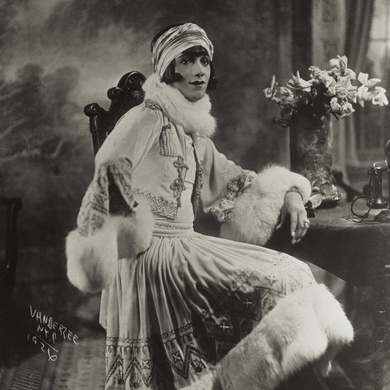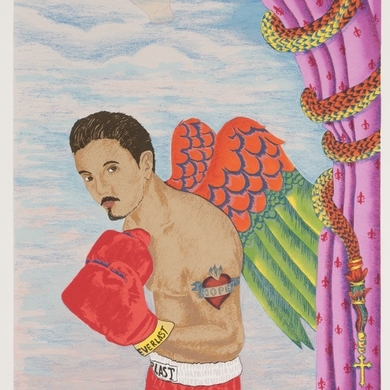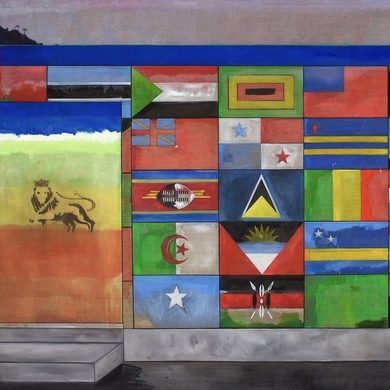The Wakefield-born sculptor Barbara Hepworth (1903–1975) saw her work as a reflection of the natural world. “I think every sculpture should be touched,” she said. “You must walk around it, bend towards it, touch it.” She wanted viewers to embrace the innate impulse to feel and be felt. At the beginning of W.W. II, Hepworth moved to St. Ives in Cornwall. There she transitioned from figurative sculpture to abstraction. Working at first with small pieces of wood—she would switch to bronze later in her career—Hepworth began carving spaces inside the material, something that set her apart. She wanted the viewer to feel enveloped, mimicking phenomena like tucked-away caves and limestone archways. With their curves, contours, and caresses, Hepworth’s sculptures whisper of primordial beginnings. The exhibition presents an in-depth exploration of the life, interests, and legacy of a key modernist. Some of Hepworth’s most celebrated large-scale works will be on display, alongside drawings, paintings, fabric designs, and rarely-seen sculptures from private collections. —Nyla Gilstrap
Arts Intel Report
Barbara Hepworth: Art and Life

Barbara Hepworth, Stringed Figure (Curlew), Version II, 1956/1959.
When
Nov 26, 2022 – May 1, 2023
Where
Etc
Photo: Kirstin Prisk/© Bowness



